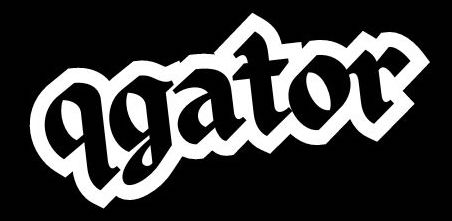Introduction
With the rise of non-fungible tokens (NFTs) in the art world, many investors are questioning whether NFTs or traditional art is the better investment. NFTs offer a unique digital ownership experience, while traditional art has been a proven investment for centuries. In this article, we will explore the pros and cons of investing in NFTs and traditional art to help you decide which may be the better investment for you.
What are NFTs?
NFTs are unique digital tokens that represent ownership of a digital asset, such as an image or video. NFTs use blockchain technology to verify and authenticate ownership, allowing for secure and transparent transactions. NFTs are typically bought and sold on online marketplaces, with prices ranging from a few dollars to millions of dollars.
Traditional art as an investment
Traditional art has been a long-standing investment for many collectors and investors. Art has a timeless appeal, and certain pieces can hold significant cultural and historical value. Collecting art can also provide a sense of prestige and luxury, which appeals to many high-net-worth individuals. Additionally, investing in traditional art can offer diversification in a portfolio, as art is not highly correlated with traditional asset classes like stocks and bonds.
The advantages of investing in NFTs
NFTs offer several unique advantages over traditional art. First, NFTs provide a transparent and secure ownership experience. With traditional art, proving ownership can be difficult, especially for older pieces that have been sold and resold multiple times. With NFTs, ownership is verified through the blockchain, making it easy to prove authenticity and ownership.
Second, NFTs are highly liquid investments. Unlike traditional art, which can take time and effort to sell, NFTs can be sold quickly and easily on online marketplaces. Additionally, NFTs are accessible to a wider range of investors, as they can be purchased with small amounts of capital.
Finally, NFTs have the potential to generate significant returns on investment. Many NFTs have sold for millions of dollars, and some have even appreciated in value over time. While not all NFTs will experience this level of success, the potential for high returns is certainly an attractive feature for many investors.
Potential downsides to investing in NFTs
While NFTs offer several advantages over traditional art, there are also potential downsides to consider. First, NFTs are a relatively new investment, and the market is still evolving. As with any new investment, there is a risk of volatility and uncertainty.
Second, NFTs are highly speculative investments. The value of an NFT is largely based on its perceived value, which can be influenced by a variety of factors, including social media buzz, celebrity endorsements, and hype. While this can lead to significant returns on investment, it can also result in sudden drops in value if the hype dies down.
Finally, NFTs are digital assets, which means they are vulnerable to cyber attacks and other forms of digital fraud. While blockchain technology provides some level of security, it is not foolproof, and investors should be cautious when investing in NFTs.
Factors to consider when choosing between NFTs and traditional art
When deciding between investing in NFTs and traditional art, there are several factors to consider. First, investors should consider their personal preferences and investment goals. Do they prefer the tangible nature of traditional art, or are they more interested in the digital ownership experience offered by NFTs? Do they have a long-term investment strategy, or are they looking for a quick return on investment?
Second, investors should consider the potential risks and rewards of each investment. Traditional art has a proven track record of appreciation over time, but it can be a less liquid and more difficult asset to sell. NFTs offer high liquidity and potential for significant returns, but they are a newer and more speculative investment with less historical data to rely on.
Third, investors should consider the level of expertise required to invest in each asset. Traditional art requires knowledge of the art market, art history, and authentication processes. NFTs require knowledge of blockchain technology, digital art, and the evolving NFT market.
Finally, investors should consider the cost of investing in each asset. Traditional art can require significant capital to purchase, and additional costs may be incurred for authentication, storage, and insurance. NFTs can be purchased with small amounts of capital, but transaction fees and gas fees on the blockchain can add up over time.
Conclusion
In conclusion, both NFTs and traditional art can be viable investment options, depending on an investor’s personal preferences and investment goals. NFTs offer a unique digital ownership experience, high liquidity, and potential for significant returns. Traditional art offers historical appreciation, cultural and historical significance, and diversification in a portfolio.
Ultimately, the decision between investing in NFTs and traditional art will depend on the individual investor’s preferences, risk tolerance, and investment strategy. As with any investment, it is important to conduct thorough research and seek the advice of professionals before making any investment decisions.

















